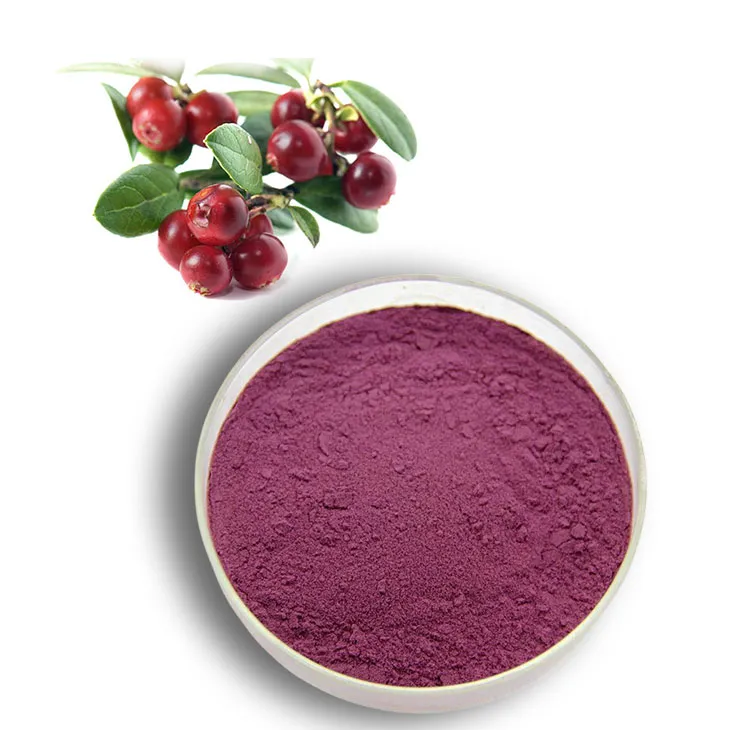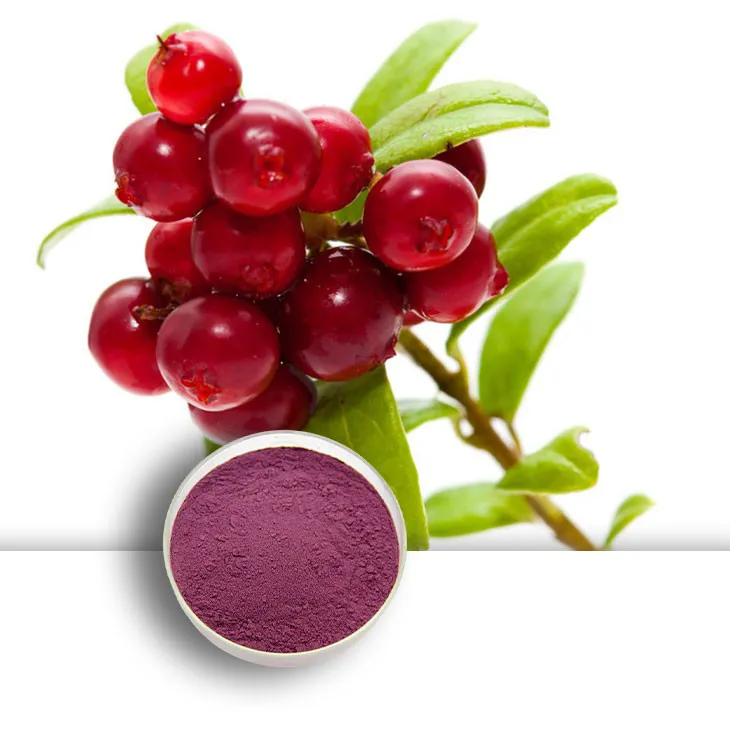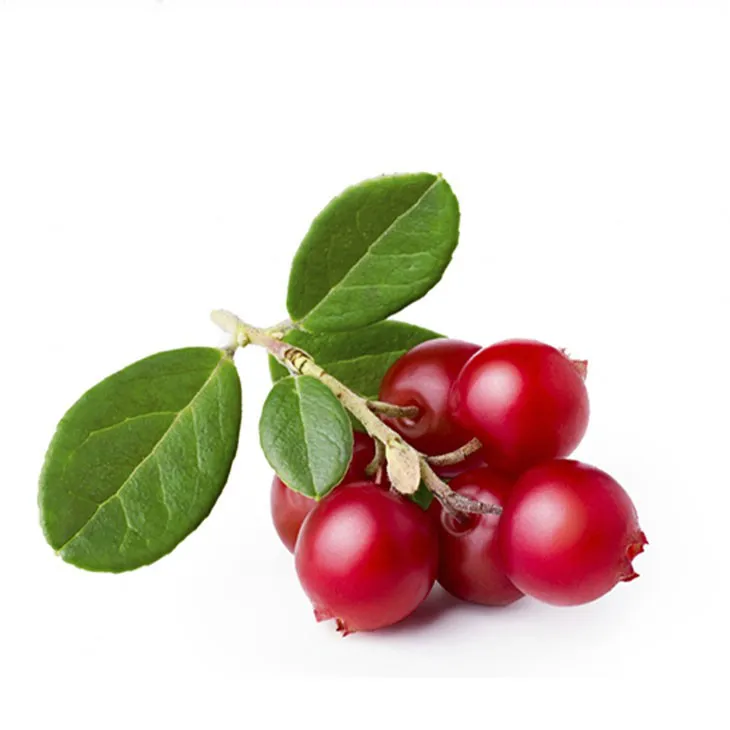- 0086-571-85302990
- sales@greenskybio.com
Extraction process of bilberry extract.
2024-11-30

1. Introduction
Bilberry Extract has gained significant popularity in recent years due to its numerous health benefits. It is rich in bioactive compounds such as anthocyanins and flavonoids, which are known for their antioxidant, anti - inflammatory, and eye - health promoting properties. The extraction process of Bilberry Extract is a complex but crucial procedure to obtain these valuable components in a concentrated form for various applications in the health, food, and cosmetic industries.

2. Raw Material Collection
2.1 Source of bilberries
Bilberries are typically collected from either their natural habitats or cultivated areas. Natural habitats include forests and mountainous regions where bilberries grow wild. However, the majority of bilberries used for commercial extraction are now cultivated in large - scale farms. This is because cultivated bilberries can be better controlled in terms of quality, quantity, and harvesting time.2.2 Quality control during collection
Quality control at the collection stage is essential to ensure the purity and effectiveness of the final extract. During collection, factors such as the ripeness of the bilberries, freedom from contaminants (such as pesticides in cultivated areas or environmental pollutants in wild - grown bilberries), and proper handling techniques are crucial. Only fully ripe bilberries should be collected as they contain the highest concentration of bioactive compounds. In addition, any damaged or diseased berries should be removed to prevent the introduction of unwanted substances into the extraction process.
3. Pretreatment of Bilberries
3.1 Drying
One of the common pretreatment methods is drying. Drying the bilberries helps in several ways. Firstly, it aids in preservation, preventing spoilage and the growth of microorganisms. Secondly, it can concentrate some of the components within the berries. There are different drying methods available, such as air drying, sun drying, and drying using specialized equipment like dehydrators. Air drying is a relatively simple and cost - effective method, but it may take longer compared to other methods. Sun drying can be a traditional option, especially in regions with abundant sunlight, but it requires careful monitoring to avoid over - drying or contamination. Dehydrators offer more precise control over the drying process, ensuring consistent results.3.2 Other pretreatment options
In addition to drying, other pretreatment steps may be involved depending on the specific requirements of the extraction process. For example, cleaning the bilberries thoroughly to remove any dirt, debris, or remaining pesticides is crucial. Sorting the berries by size or quality may also be necessary in some cases. This can help to ensure a more uniform extraction process and a higher - quality final product.
4. Traditional Extraction Method: Maceration
4.1 Principle of maceration
Maceration is a traditional approach in the extraction of Bilberry Extract. The principle behind maceration is to allow the transfer of valuable constituents from the solid bilberries into a liquid medium. In this process, the bilberries are first crushed to break their cell walls and increase the surface area available for extraction. Then, they are soaked in a liquid medium, which can be either water or an organic solvent.4.2 Choice of liquid medium
The choice of liquid medium depends on various factors. Water is a commonly used medium as it is safe, inexpensive, and readily available. However, some bioactive compounds in bilberries may have limited solubility in water. Organic solvents such as ethanol or methanol can be used to improve the extraction of lipophilic compounds. Ethanol is often preferred as it is relatively safe for human consumption and is also widely accepted in the food and pharmaceutical industries. When using organic solvents, strict safety measures need to be followed to prevent any potential hazards.4.3 Duration and conditions of maceration
The duration of maceration can vary depending on factors such as the type of bilberries, the liquid medium used, and the desired concentration of the extract. Generally, maceration can last from a few hours to several days. The process is usually carried out at room temperature, but in some cases, mild heating may be applied to accelerate the extraction process. However, excessive heat should be avoided as it may degrade some of the bioactive compounds. During maceration, the mixture should be stirred occasionally to ensure uniform extraction.4.4 Separation after maceration
After the maceration process is complete, the liquid containing the extracted components needs to be separated from the solid residue. This is typically achieved through filtration or centrifugation. Filtration can be done using filter papers, filters with different pore sizes, or membrane filters. Centrifugation is a more efficient method for separating the liquid from the solid, especially when dealing with small - scale extractions. The resulting liquid is the crude bilberry extract, which contains a mixture of bioactive compounds along with some impurities.5. Modern Extraction Technique: Ultrasonic - Assisted Extraction
5.1 Working principle of ultrasonic - assisted extraction
Ultrasonic - assisted extraction is a modern technique that has been increasingly used in the extraction of bilberry extract. The principle behind this technique is the use of ultrasonic waves to break the cell walls of the bilberries more effectively. Ultrasonic waves create cavitation bubbles in the liquid medium surrounding the bilberries. When these bubbles collapse, they generate intense local pressure and temperature changes, which can disrupt the cell walls of the bilberries and release the intracellular components more efficiently into the liquid medium.5.2 Advantages of ultrasonic - assisted extraction
There are several advantages of using ultrasonic - assisted extraction over traditional maceration. Firstly, it is a much quicker process, reducing the extraction time from hours or days to minutes or a few hours. Secondly, it can achieve a higher extraction yield, meaning more of the valuable bioactive compounds can be extracted from the bilberries. Thirdly, it can be more energy - efficient as it requires less time and potentially less solvent. Additionally, ultrasonic - assisted extraction can be more easily scaled up for industrial - scale production.5.3 Parameters in ultrasonic - assisted extraction
In ultrasonic - assisted extraction, several parameters need to be optimized to ensure efficient extraction. These include the frequency and intensity of the ultrasonic waves, the extraction time, the liquid - to - solid ratio, and the type of solvent used. The frequency of the ultrasonic waves can range from 20 kHz to several megahertz, and the appropriate frequency needs to be selected based on the nature of the bilberries and the desired extraction efficiency. The intensity of the ultrasonic waves also affects the extraction process, and it should be adjusted to avoid excessive damage to the bioactive compounds. The extraction time is typically shorter than that of maceration but still needs to be optimized to balance extraction efficiency and product quality. The liquid - to - solid ratio determines the amount of solvent used relative to the amount of bilberries, and an appropriate ratio needs to be chosen to ensure good extraction results.6. Post - Extraction Processing
6.1 Purification
After the extraction process, whether by maceration or ultrasonic - assisted extraction, the crude bilberry extract obtained contains impurities. Purification is necessary to obtain a high - quality bilberry extract. This can be achieved through various methods such as chromatography (e.g., column chromatography, high - performance liquid chromatography), which can separate the different components based on their chemical properties. Another method is membrane filtration, which can remove larger impurities or particles from the extract.6.2 Concentration
Concentration of the purified extract is often required to increase the concentration of the bioactive compounds. This can be done through evaporation of the solvent under controlled conditions. Vacuum evaporation is a commonly used method as it can reduce the boiling point of the solvent, minimizing the potential degradation of the bioactive compounds. After concentration, the bilberry extract is in a more concentrated form, which is suitable for various applications.6.3 Quality assessment
Quality assessment of the final bilberry extract is crucial to ensure its safety and effectiveness. This includes analyzing the content of bioactive compounds such as anthocyanins and flavonoids using spectroscopic methods (e.g., UV - Vis spectroscopy). Purity tests are also carried out to check for the presence of any contaminants such as heavy metals or residual solvents. Microbiological tests are performed to ensure that the extract is free from harmful microorganisms.7. Applications of Bilberry Extract
7.1 Health supplements
Bilberry extract is widely used in health supplements due to its antioxidant and anti - inflammatory properties. It is believed to help improve cardiovascular health, boost the immune system, and reduce the risk of chronic diseases. The high concentration of anthocyanins in bilberry extract is thought to play a key role in these health benefits.7.2 Eye - care products
One of the most well - known applications of bilberry extract is in eye - care products. Anthocyanins in bilberry extract have been shown to improve vision, especially night vision, and may also help in preventing or treating eye diseases such as macular degeneration and cataracts. Bilberry extract can be found in eye drops, capsules, and other eye - care formulations.7.3 Antioxidant - rich food products
In the food industry, bilberry extract is used as an antioxidant - rich ingredient. It can be added to foods such as jams, juices, and baked goods to increase their antioxidant content and extend their shelf life. The antioxidant properties of bilberry extract can help prevent the oxidation of fats and oils in food, reducing rancidity and maintaining the quality of the food products.8. Conclusion
The extraction process of bilberry extract is a multi - step procedure that involves careful selection and pretreatment of raw materials, followed by extraction using either traditional or modern techniques, and post - extraction processing to obtain a high - quality product. With the increasing demand for natural and health - promoting products, the importance of bilberry extract and its extraction process is likely to continue to grow in the future.
FAQ:
What is the first step in the extraction process of bilberry extract?
The first step is the collection of bilberries from their natural habitats or cultivated areas. And quality control at this stage is very important to ensure the purity and effectiveness of the final extract.
What is the purpose of pre - treating bilberries in the extraction process?
The pre - treatment such as drying helps in preserving the berries and also concentrates some of the components.
What is maceration in the bilberry extract extraction process?
Maceration is a traditional approach in the extraction process. In this step, the bilberries are crushed and soaked in a liquid medium (which can be water or an organic solvent). Over time, the valuable constituents of the bilberries, like anthocyanins and flavonoids, are transferred into the liquid.
How is the liquid separated from the solid residue after maceration?
After maceration, the liquid is typically separated from the solid residue through filtration or centrifugation.
What are the advantages of ultrasonic - assisted extraction in bilberry extract extraction?
Ultrasonic - assisted extraction is a modern technique. Ultrasonic waves can break the cell walls of the bilberries more effectively, facilitating a quicker and more efficient extraction.
Related literature
- Anthocyanin Content and Antioxidant Activity of Bilberry Extracts"
- "Optimization of Bilberry (Vaccinium myrtillus L.) Extract Production: A Review"
- ▶ Hesperidin
- ▶ citrus bioflavonoids
- ▶ plant extract
- ▶ lycopene
- ▶ Diosmin
- ▶ Grape seed extract
- ▶ Sea buckthorn Juice Powder
- ▶ Beetroot powder
- ▶ Hops Extract
- ▶ Artichoke Extract
- ▶ Reishi mushroom extract
- ▶ Astaxanthin
- ▶ Green Tea Extract
- ▶ Curcumin Extract
- ▶ Horse Chestnut Extract
- ▶ Other Problems
- ▶ Boswellia Serrata Extract
- ▶ Resveratrol Extract
- ▶ Marigold Extract
- ▶ Grape Leaf Extract
- ▶ blog3
- ▶ blog4
-
Wholesale Mulberry Leaf Extract Suppliers.
2024-11-30
-
China Aguaje Extract Powder Factory.
2024-11-30
-
Mulberry Extract Suppliers.
2024-11-30
-
Active components in aguaje extract.
2024-11-30
-
Standard - process cocoa extract.
2024-11-30
-
Organic Saw Palmetto Extract Powder Factory.
2024-11-30
-
Suppliers of Organic Açai Extract Powder.
2024-11-30
-
Extraction process of black pepper extract.
2024-11-30
-
Lemon Juice Powder
2024-11-30
-
Wheat Germ Extract
2024-11-30
-
Chia Seed Powder
2024-11-30
-
Coix Seed Extract
2024-11-30
-
Fig Extract
2024-11-30
-
White Willow Bark Extract
2024-11-30
-
Epimedium extract powder
2024-11-30
-
Citrus bioflavonoids
2024-11-30
-
Lemon Balm Extract
2024-11-30
-
Pine bark Extract Powder
2024-11-30





















